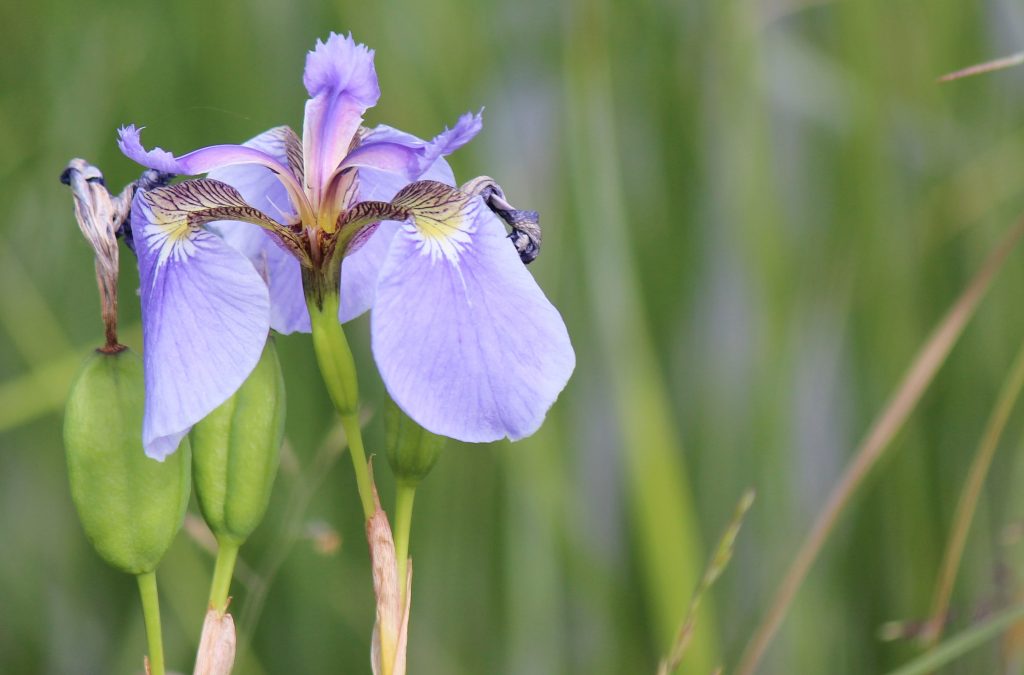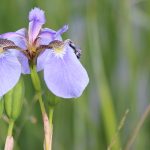July the 25th, 2024 – Croatia, a country of breathtaking landscapes, rich traditions, and vibrant culture, is home to a treasure that represents both the beauty of its land and the depth of its heritage – the Iris. The Croatian national flower embodies the soul of Croatia.
This enchanting bloom serves not only as a symbol of the nation but also as a bridge to ancient mythology through its connection to the goddess Iris. Come with us on a journey to discover the significance of the Croatian iris, its role as a symbol of beauty, and its mythical ties to the goddess of the rainbow.
The Croatian iris (Iris Croatica, Iris Illyrica) holds a unique place in the hearts (and gardens) of Croatian people. This vibrant flower has elegant blue and purple petals. Other varieties of this flower also come in yellow, maroon, white, orange, multi-colored, you name it.
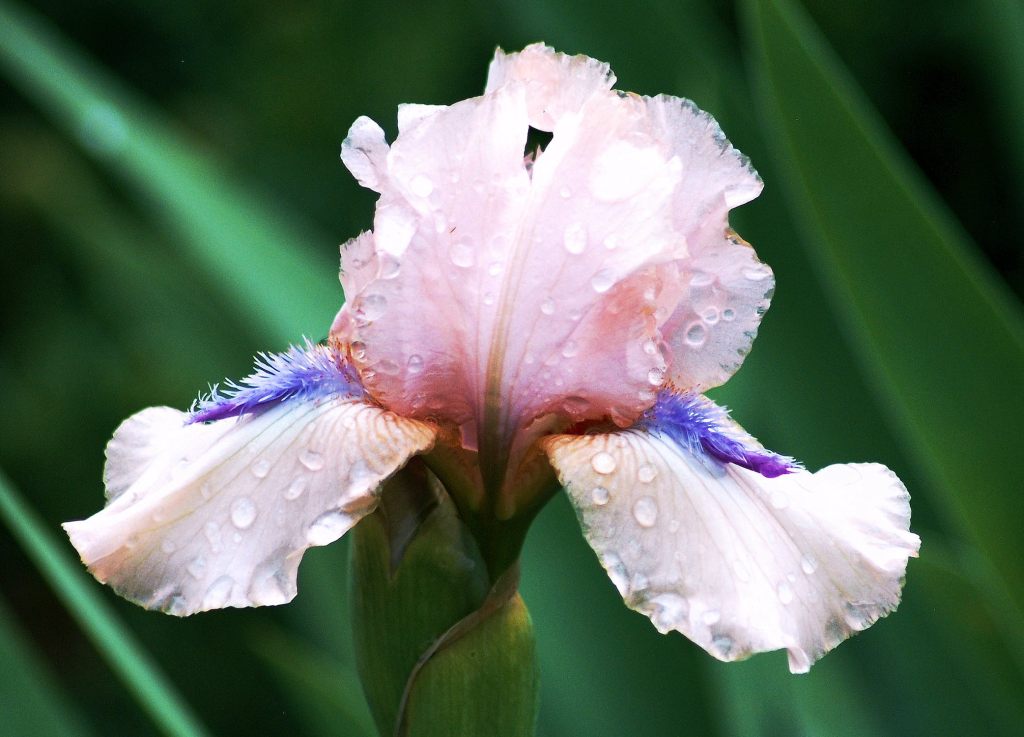
the iris goddess symbol
The name Iris Illyrica hints that since the time of the Illyrians, the iris has been an important flower, notes Župa. It was known as miomiris or mirodia (fragrance, spice), and recognized as a medicinal plant. The oldest preserved mention of the iris from the 4th century BC is found in the botanical encyclopedia Historia Plantarum by the Greek philosopher Theophrastus, who states that the iris thrives best in the areas inhabited by the Illyrians.
After the Slavs occupied Illyricum, they named the iris after the supreme deity, the god of thunder and lightning – Perun, which is likely the origin of its Croatian name Perunika.
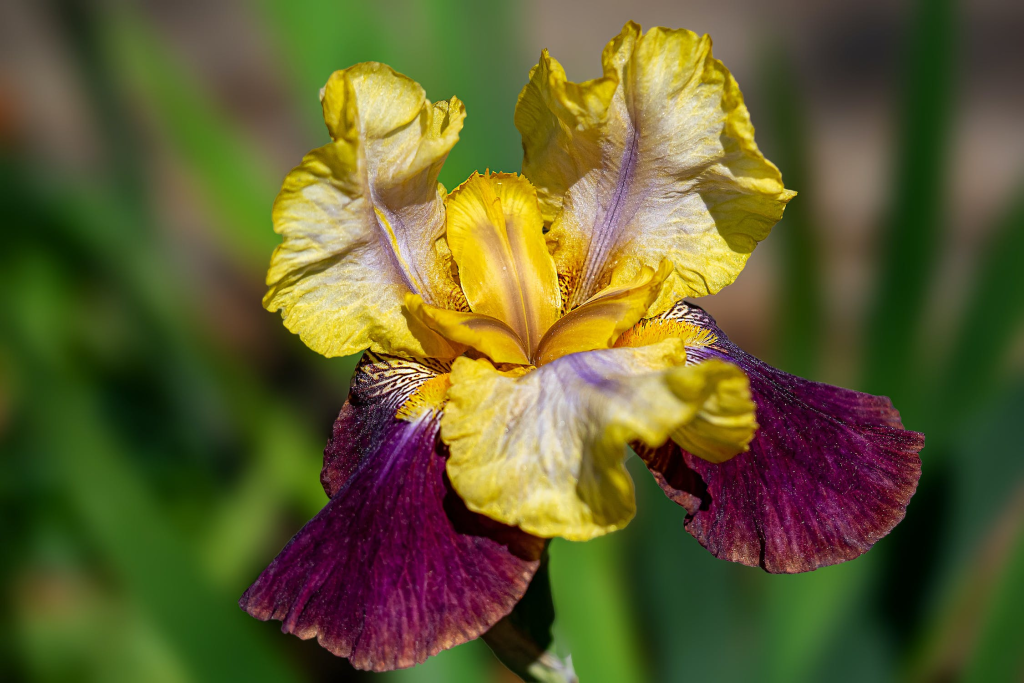
As for the origin of the name iris (Greek and Latin for rainbow), it comes from the Greek goddess Iris, the messenger of the gods. The rainbow connects heaven and earth, and according to legend – where the rainbow touched the ground (and where Perun’s lightning did), an iris grew.
In Dubrovnik and its surroundings, the names for the iris include bogiša (bog = god), and according to the belief, it can protect against lightning. Planting it in the fields would ensure protection of the field from storms. According to an ancient custom, the Dominicans bless the Iris on April 29, when it traditionally starts to flower.
varieties of the croatian national flower – in croatia
Vrtlarica offers an overview of the species of the Croatian national flower present all around the country. Read on for their names and characteristics.
The following species are strictly protected in Croatia:
Iris Adriatica – Extremely low stems, up to 5 cm. It has delicate, sickle-shaped, or pointed leaves and always bears only one flower. It can be yellow, purple, or reddish. This species grows on Mediterranean and sub-Mediterranean-type stony pastures. It is widespread only in Central Dalmatia.
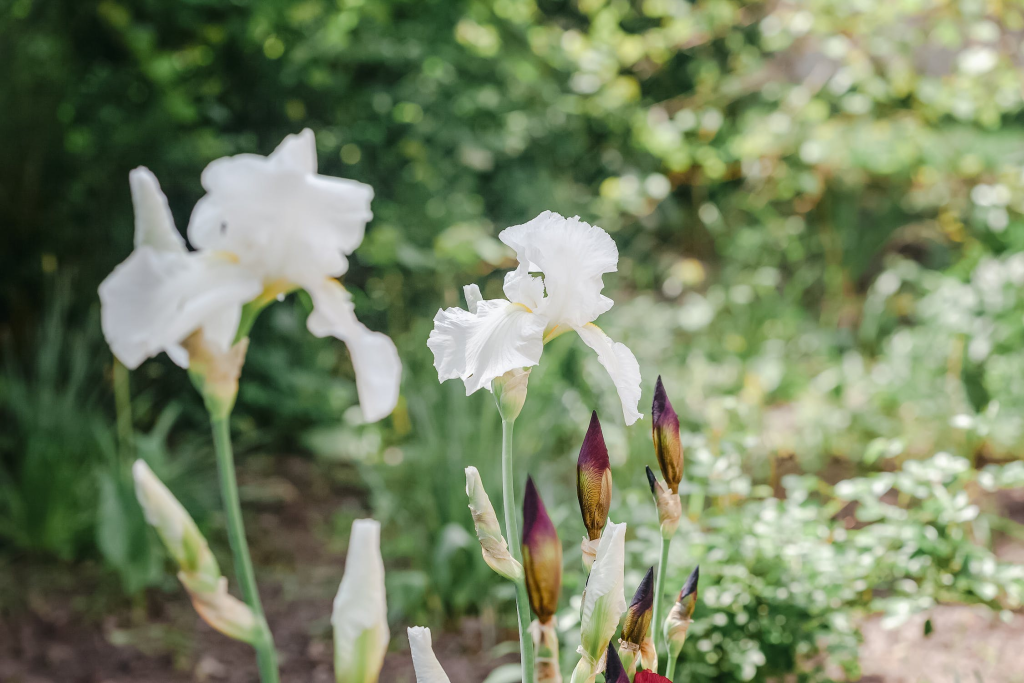
Iris Croatia – has large, almost monochromatic blue-purple flowers with yellowish hairs in the lower part. Although it grows in large quantities in certain places, tourists and hikers pose a threat as they like to pick it for its decorative properties. It grows at an altitude of 160 to 730 meters above sea level, on the edges of honey oak thickets and thermophilic forests, and in forest clearings.
Iris Iliyrica – belongs to the group of tall irises, but is somewhat smaller than the others from that group. It grows to a height of 30-70 cm. The leaves are saber-shaped and lower than the stem. It bears 3-5 large flowers with a short stem.
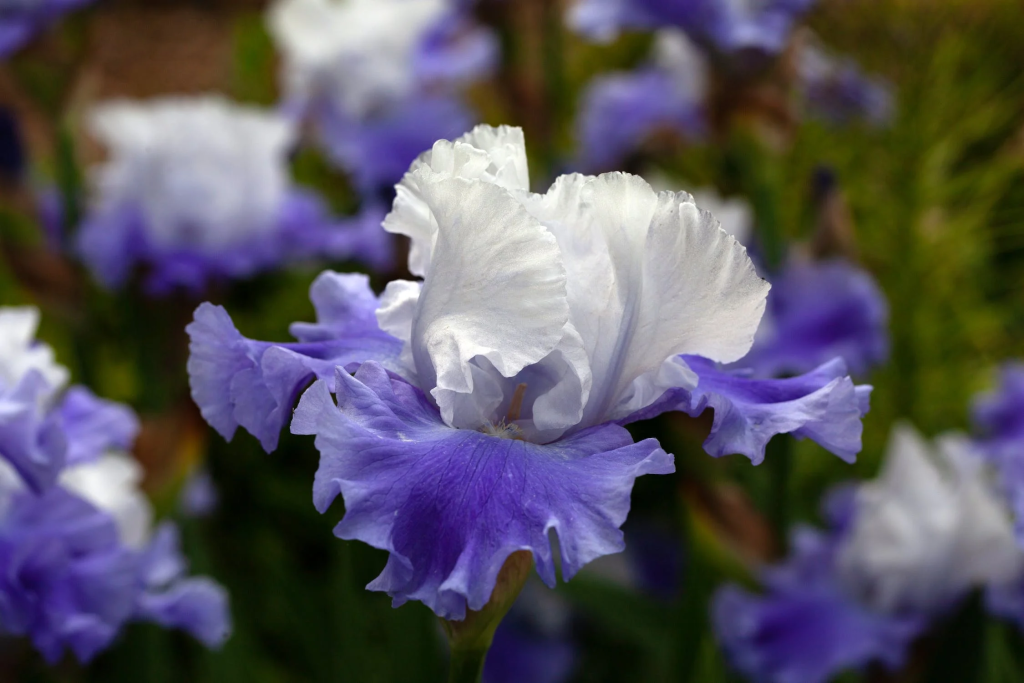
Iris Pseudopallida – “false” pale iris that can grow from 60 to 100 cm, and sometimes more. It has large leaves about 35 cm long and about 2.5 cm wide. They are saber-shaped and relatively meaty. It bears three to five large flowers with a short stem. Blooming from April to June, you can find them in Trstenik on the Pelješac peninsula.
Iris Sibirica – has an upright stem 50 to 120 cm long. The stem is slender, slightly flattened, and has three small leaves. The leaves are narrow and slightly saber-shaped. At the top of the stem, there are one to three flowers that can be purple-blue or whitish. It grows in wet and swampy lowland meadows.
Iris x Rotschildii – has an upright stem up to 40 cm high, with several colorful flowers on it. The leaves are 1-3 cm wide, sickle-bent, with prominent veins. It grows on Velebit and on the peaks above Karlobag.
In addition to these, the following species also grow in Croatia:
Iris Graminea – it is a perennial that can grow up to 30 cm and has flat leaves, up to 1 cm wide and 70 cm long. The stem bears one to two smaller blue-purple flowers with a pleasant smell. The flowers have lighter longitudinal stripes and darker veins. It blooms in May and June. It is widespread in forest habitats on Velebit, in Gorski Kotar, along the Croatian coast and in central Croatia.
Iris Peseudoacorus – this swamp species has a very tall stem (up to 150 cm), and there are two flowers on it. The leaves are long and thin, slightly curled at the top. The flowers are intense yellow with dark veins, and grow up to 8 to 10 cm in size. It blooms from April to June.
Iris Pumila – or the Pannonian iris, is similar in appearance to the Adriatic species, but it is somewhat larger in size. It flowers in March and April and is widely distributed in dry and sandy habitats in Austria, Hungary and Serbia. It was only recorded in one locality in Croatia.

